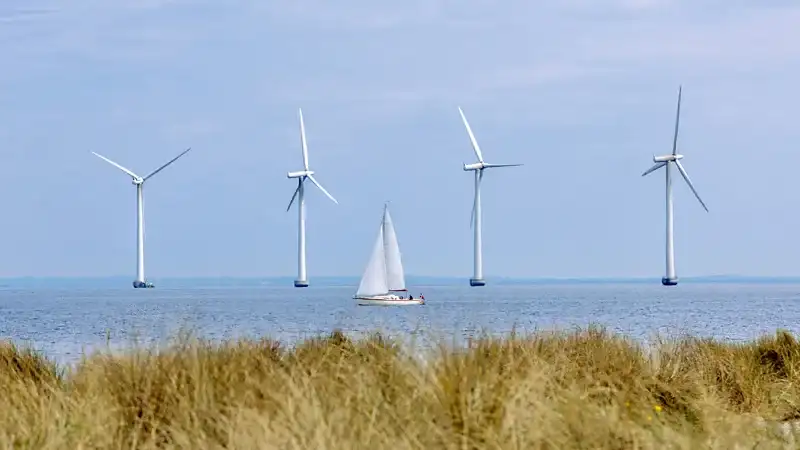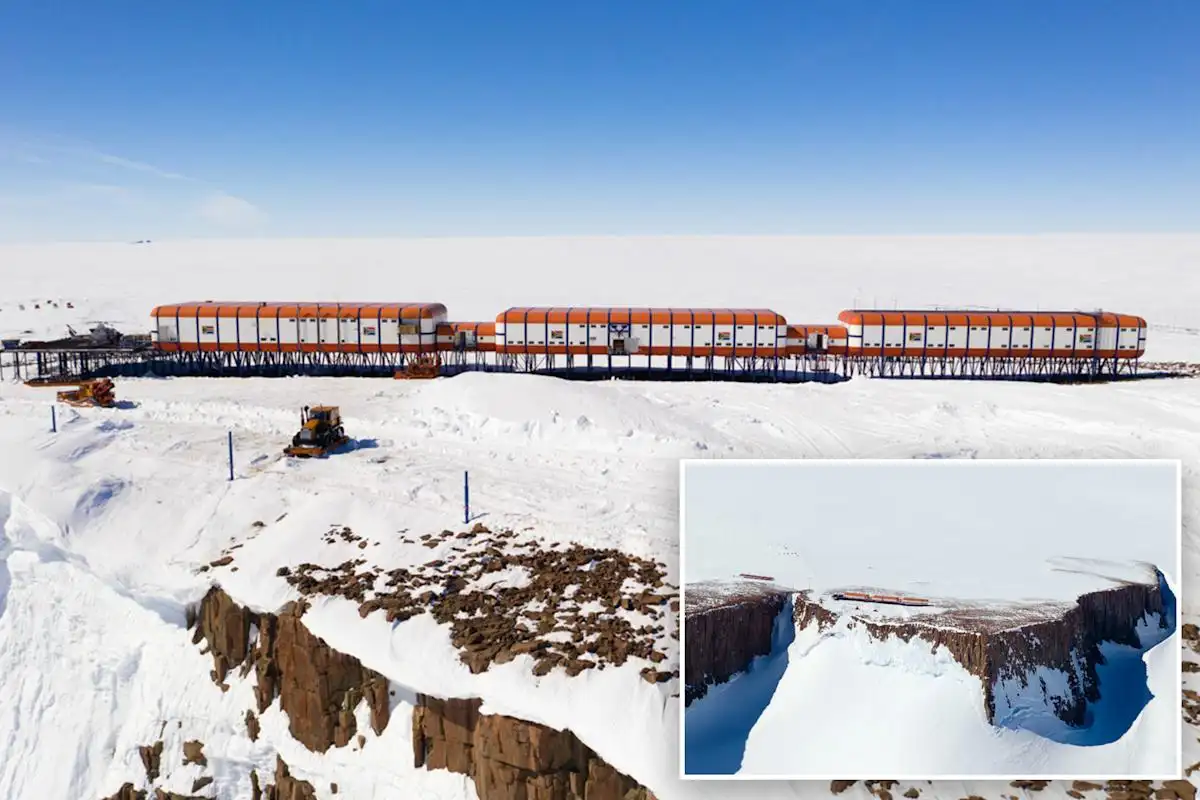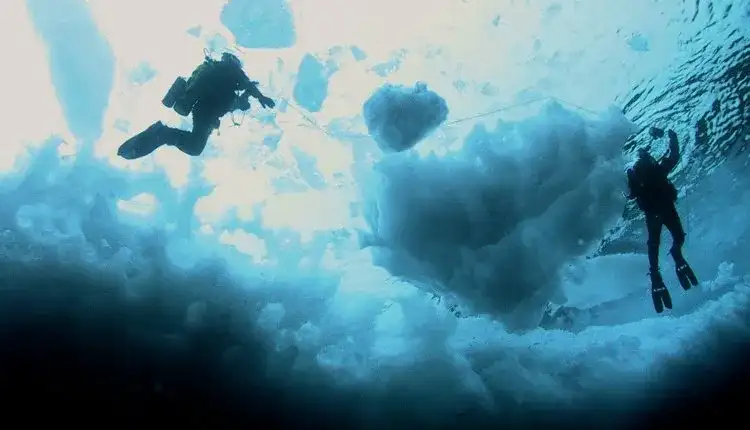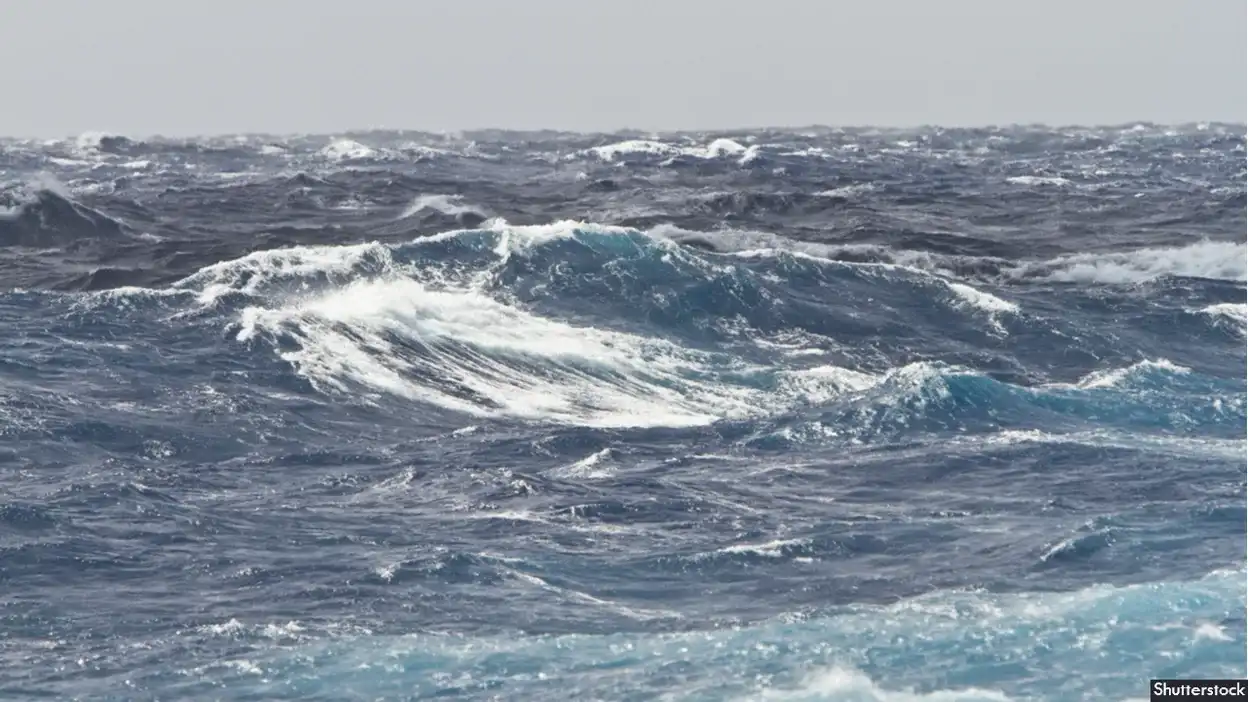As offshore wind energy becomes central to achieving global climate goals, a puzzling and increasingly pressing challenge has emerged: wind farms may inadvertently reduce the energy output of neighboring projects by disrupting the wind itself. Known as the “wake effect” — and informally as “wind theft” — this phenomenon is causing growing concern among developers, scientists and policymakers alike.
How Wind Farms ‘Steal’ Wind
When wind turbines generate electricity, they extract kinetic energy from the air, which slows the wind behind them. This results in a zone of reduced wind speed — or wake — trailing each turbine and, collectively, the entire farm. In the case of large, densely packed offshore wind farms, these wakes can stretch for tens, or even over 100 kilometers under the right atmospheric conditions.
“The wind is slower behind each turbine and also behind the entire farm,” explains Peter Baas, a research scientist at Whiffle, a Dutch firm specializing in weather forecasting for renewable energy. “That reduction affects any wind farms located downwind.” In some cases, this can lower a neighboring farm’s output by 10% or more — enough to derail long-term profit expectations and investment plans.
Why It Matters More Than Ever
While the wake effect has been understood in theory for years, its practical impact is becoming more acute due to the unprecedented pace of offshore wind expansion. In Europe’s North Sea and beyond, massive wind farms are being deployed within close proximity, creating overlapping wakes and greater risk of interference.
“We have to triple current capacity by 2030,” says Pablo Ouro, research fellow in civil engineering at the University of Manchester. “That means thousands more turbines, operating very close to each other. So these wake effects are now starting to have real-world consequences.”
His team is leading a UK research project launched this year to model future wake patterns, helping regulators and developers understand and mitigate potential conflicts. With turbines growing ever larger — some with rotor blades the length of football fields — the wake effect could become even more pronounced.

Legal Disputes and Regulatory Gaps
The term “wind theft” is controversial, as no one can legally own the wind. Still, as Norwegian offshore wind lawyer Eirik Finserås notes, the wake effect has sparked several disputes between developers, with concerns that similar tensions could spread across borders.
“If a wind farm in Norway reduces the output of one in Denmark, what happens?” Finserås asks. “There’s currently no legal framework to handle these conflicts, and that creates uncertainty for investors.”
Offshore wind farms are complex and costly to build. Developers rely on long-term production forecasts to justify their investments. Even a 5% drop in expected energy output can tip the financial balance — especially if unexpected wakes go unaccounted for.
From Cooperation to Competition
As developers seek to claim the most advantageous ocean sites, fears are growing of a “race to the water,” where nations and corporations scramble to build in the best locations before rivals do. But prioritizing speed over strategy may lead to planning oversights, environmental harm, and missed opportunities to share resources efficiently.
“There’s a clear need to treat wind as a shared resource,” says Finserås, drawing comparisons to how countries have regulated transboundary oil fields and fisheries. “It’s not that we lack experience in solving these issues — we just need the will to apply that knowledge here.”

Cross-Border Challenges Ahead
So far, most wake-related conflicts have remained within national borders. But as European countries pack more turbines into crowded seas, international disputes seem likely. “What if a UK wind farm affects a Dutch one?” Ouro asks. “We need to lay the groundwork now to manage these scenarios later.”
He stresses the importance of refining simulation models and revising spacing guidelines to reflect modern turbine sizes and configurations. The more accurate the data, the fewer surprises for developers — and the smoother the path toward net zero targets.
Global Stakes and Urgent Research
The problem isn’t confined to Europe. China is rapidly scaling up offshore wind and facing similar wake-related concerns. Researchers worldwide are now paying closer attention to wake dynamics, turbine placement, and the cumulative impact of wind farm clustering.
“There’s huge momentum behind offshore wind, and rightly so,” says Ouro. “But if we don’t understand how these farms affect each other, we risk undermining the entire system.”
“It’s in nobody’s interest to fight over the wind,” adds Finserås. “The only way forward is coordinated planning and equitable regulation. We have to decarbonize quickly — but we also have to do it smartly.”
Conclusion
As offshore wind races ahead, the invisible drag of wind wakes could slow its progress — unless governments, developers and scientists cooperate to address the issue head-on. Whether through smarter modeling, clearer regulations, or cross-border agreements, resolving the challenge of “wind theft” may be essential to powering a cleaner, more collaborative energy future.






